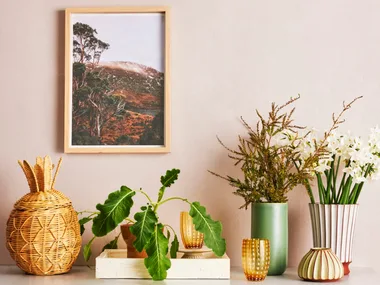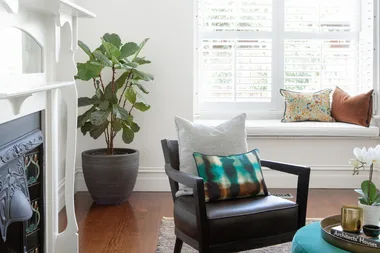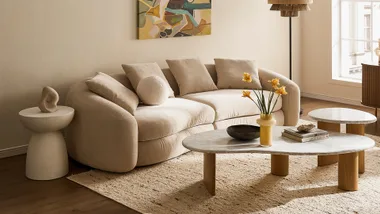It’s in her Blue Mountains studio, with its long, wide window looking towards Sydney in the distance, that textile artist Grace Wood takes raw wool fleeces and transforms them into the most beautiful pieces of felt imaginable. Grace then turns the felt into cushions, throws and wall hangings that are more like pieces of art that you want to hug than homewares, such is their tactile appeal.
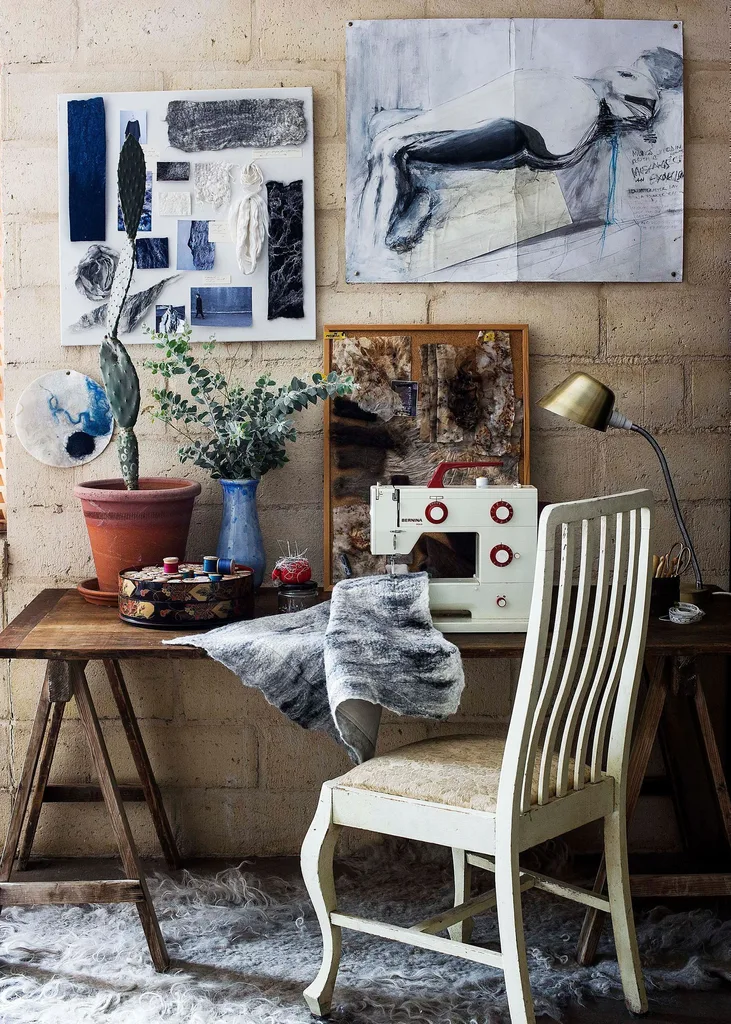
Inspired by the art, Grace delved further into researching the process, looking for more sophisticated examples. “That’s when I came across Claudy Jongstra, a Dutch fibre artist who does incredible work that is shown all over the world,” she explains. Rather than just admire Jongstra’s work online, Grace emailed to ask if she could do an internship with her. The artist agreed. “I was in the Netherlands for four months, in a tiny village of only 50 or 60 people, and it was the most wonderful experience,” Grace remembers. “Claudy kept a flock of endangered-species sheep, and she grew more than 100 species of plants for their dyeing properties. I learned so much.”
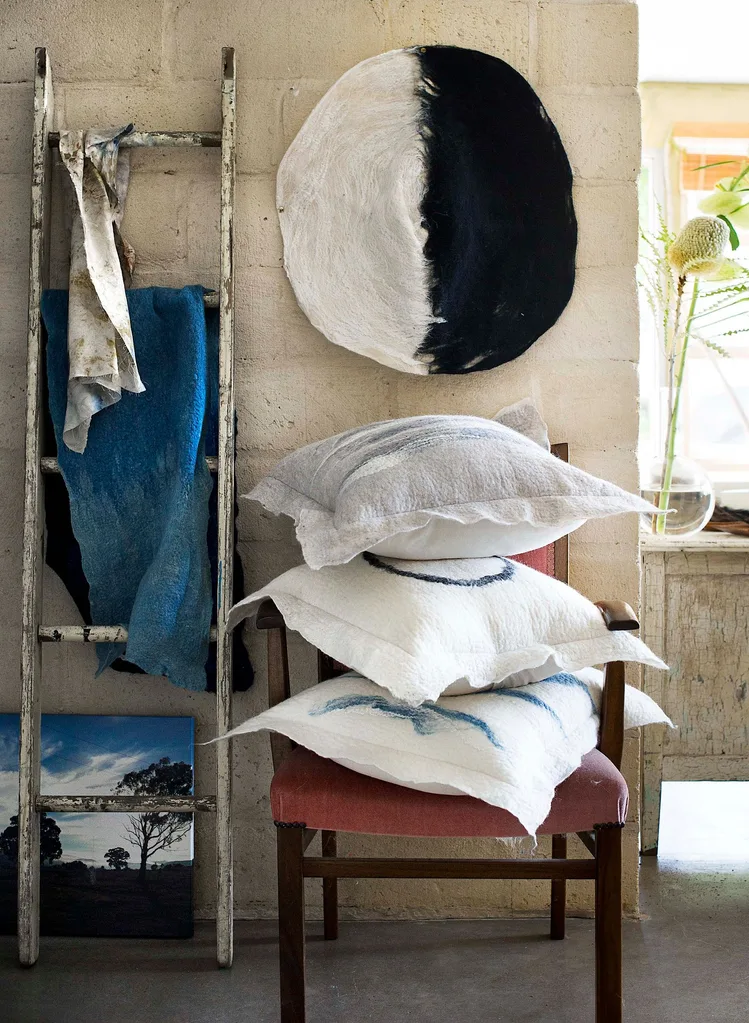
Once back home, Grace set up her studio in the mountains. She uses merino and a merino-cross wool from her parents’ farm, to make her own felt, and she’s also developed a network of supportive local breeders from whom she sources other types of fleeces. She washes the fleeces and dyes them with natural raw materials, such as indigo, cochineal, madder root and other plants and vegetables.
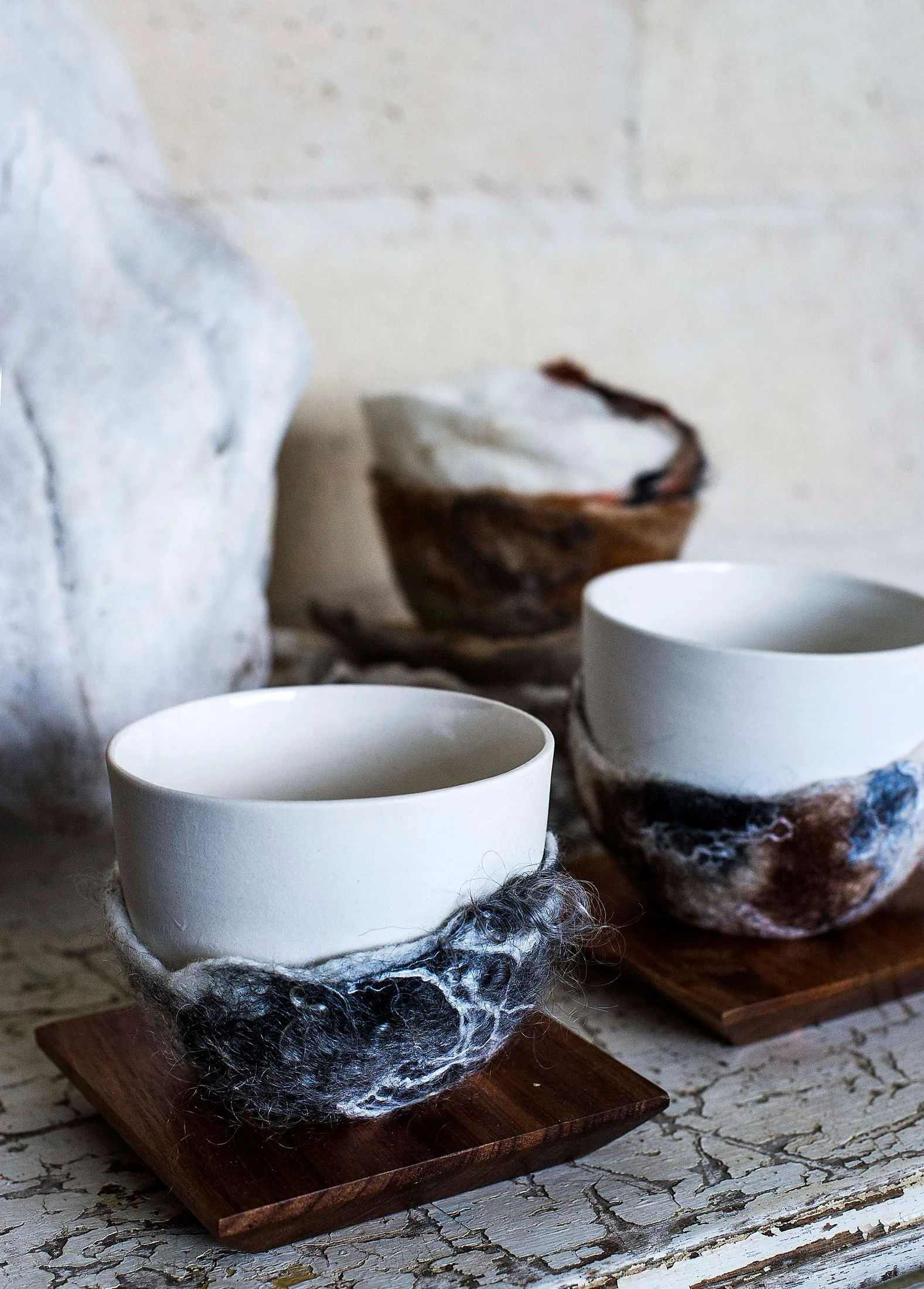
Brigid Arnott

Brigid Arnott
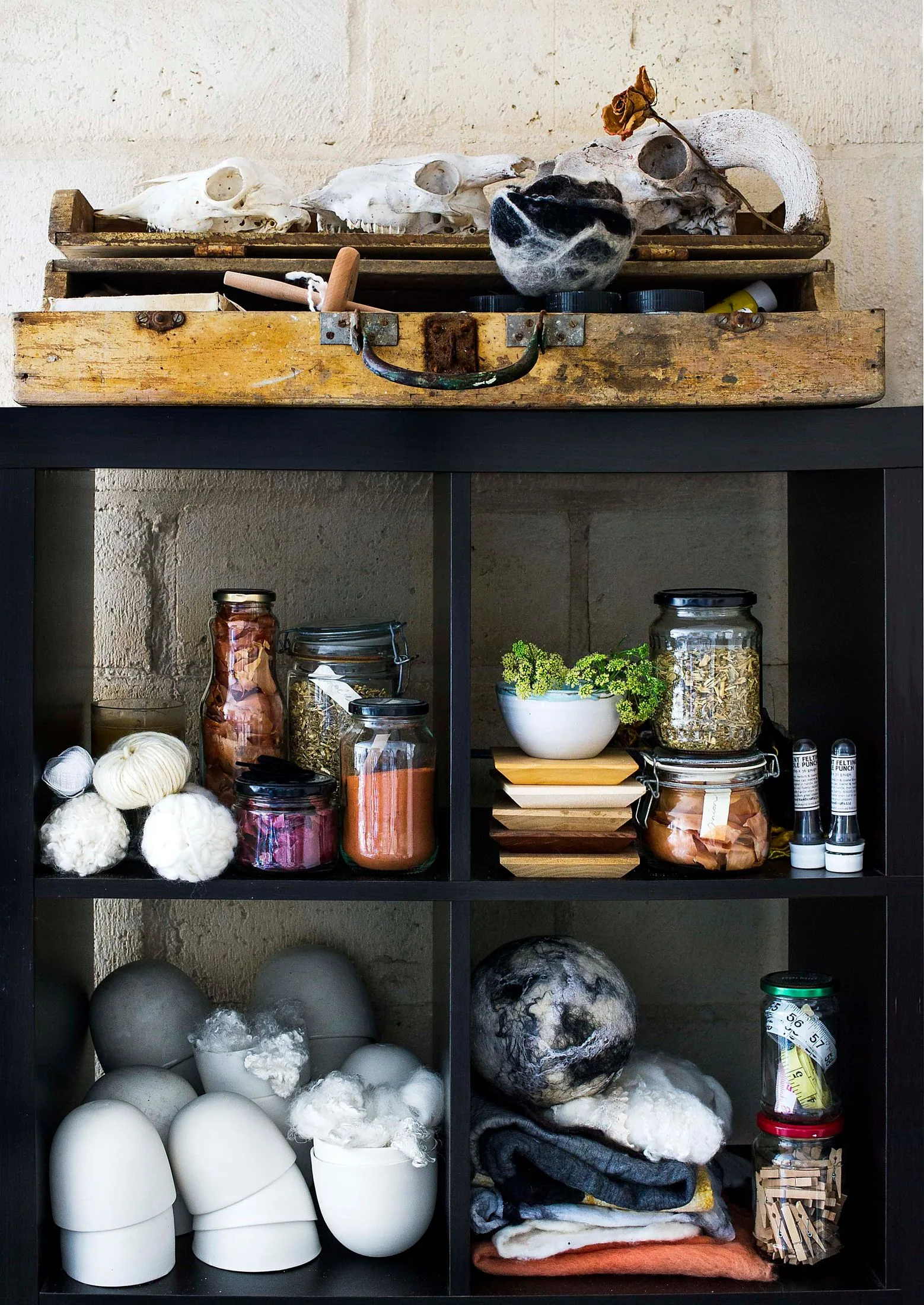
Brigid Arnott
Grace works on a large table where she lays whispers of wool in whatever shape she wants the felt to be, then incorporates patterns with other fine, feathery pieces of coloured wool or handmade silk paper. The subdued yet stunning colour palette reflects her surroundings and is as serene as the artist herself. “The peace and quiet here is very helpful to me creatively,” says the talented artisan. As are those colours. “Up here, we get grey mists and then there are the sunsets,” she says. “Those really soft, subtle tones have always appealed to me. I think they’re beautiful.”
For more information, visit gracewooddesigns.com
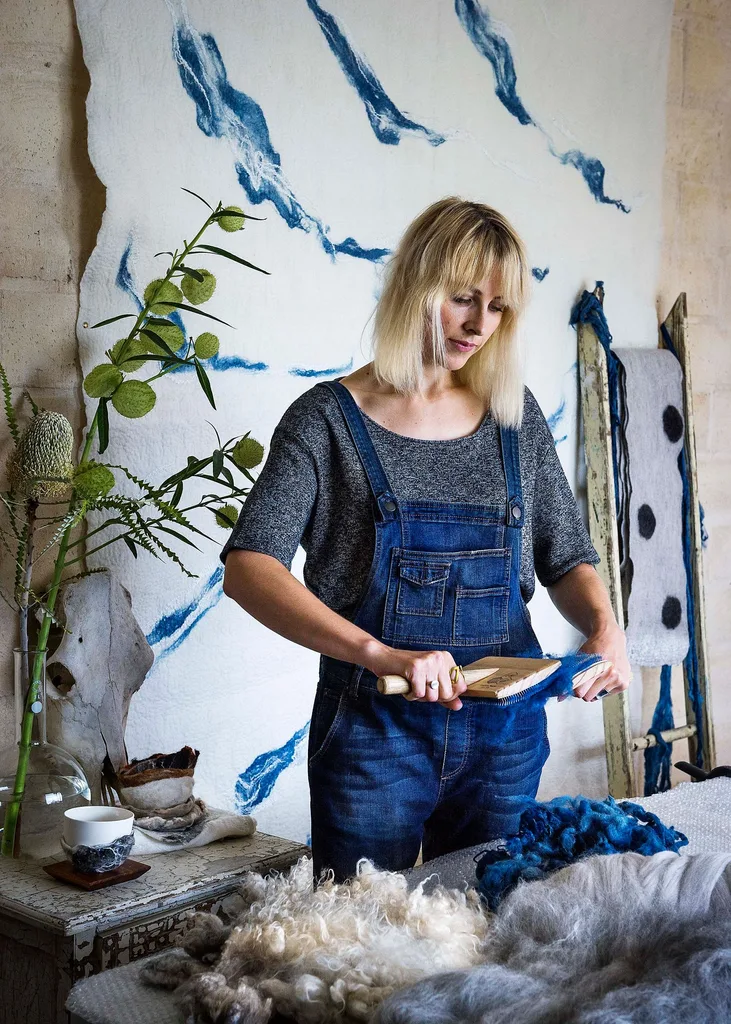
Grace’s top three tips for naturally dyeing wool, silk and linen
“Preparation is key,” says Grace. “The longer the fibre is soaked in a mordant [a substance that will lock in colour], the better the outcome.”
“Handle your fibres with care as they are sensitive to temperature and too much agitation can make them difficult to manage,” she advises.
“When a recipe calls for simmering, be careful not to boil the water as this strips the colour of its lustre. Use a thermometer at all times, because different dyes have different recipes and methods. Natural dyeing requires concentration and vigilance,” she says.
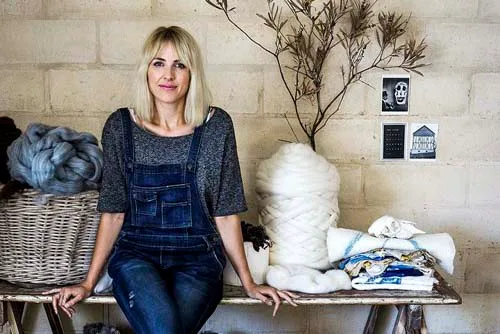 Brigid Arnott
Brigid Arnott
